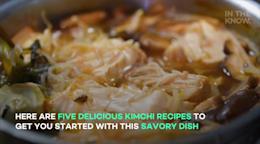As the title of my book, How Italian Food Conquered the World , asserts, the domination of Italian food, from pizza to white truffles, is as evident in Boca Raton as it is in Beijing. In fact, it would be unusual to find any new restaurant that isn’t Asian […]
Delicious!
Delicious!



